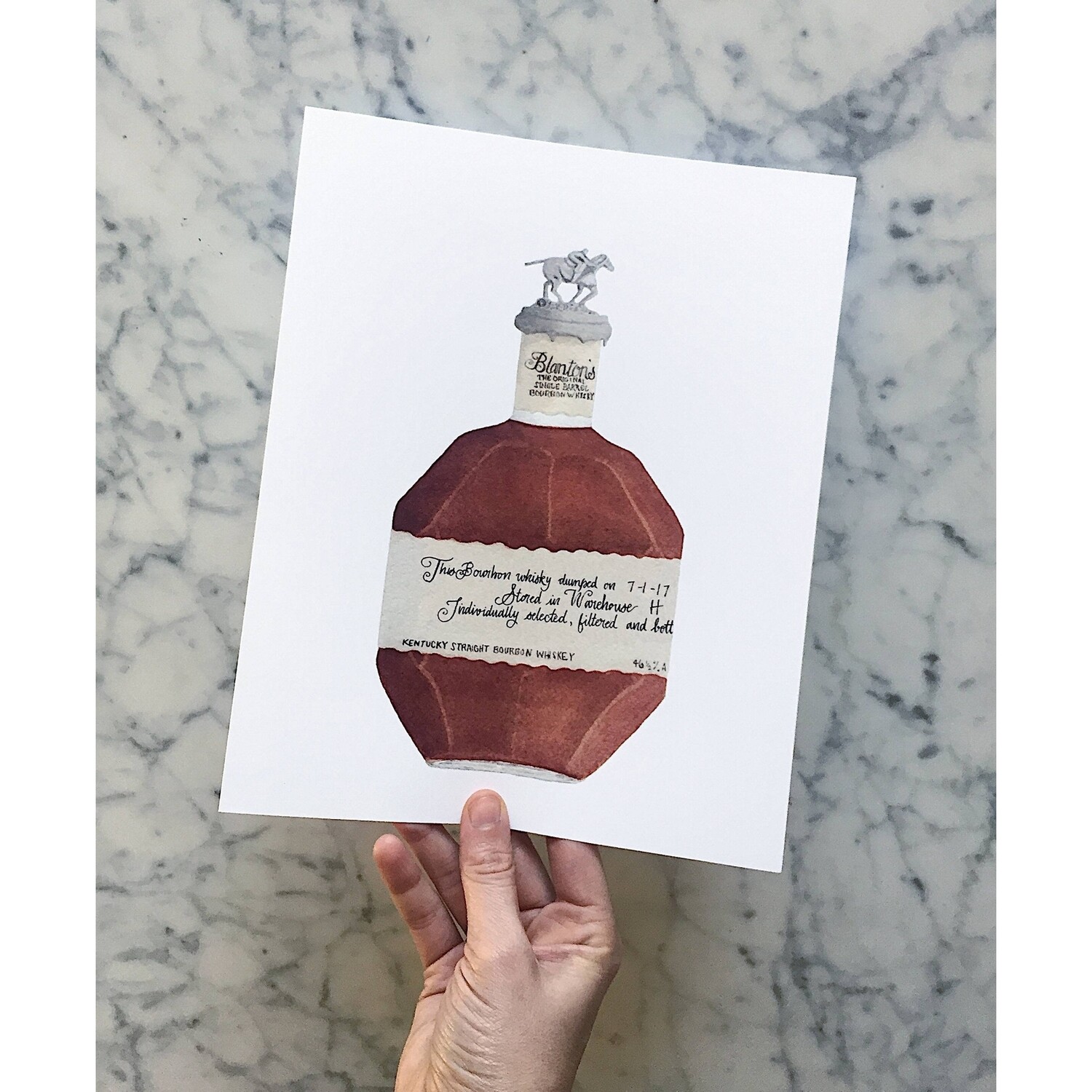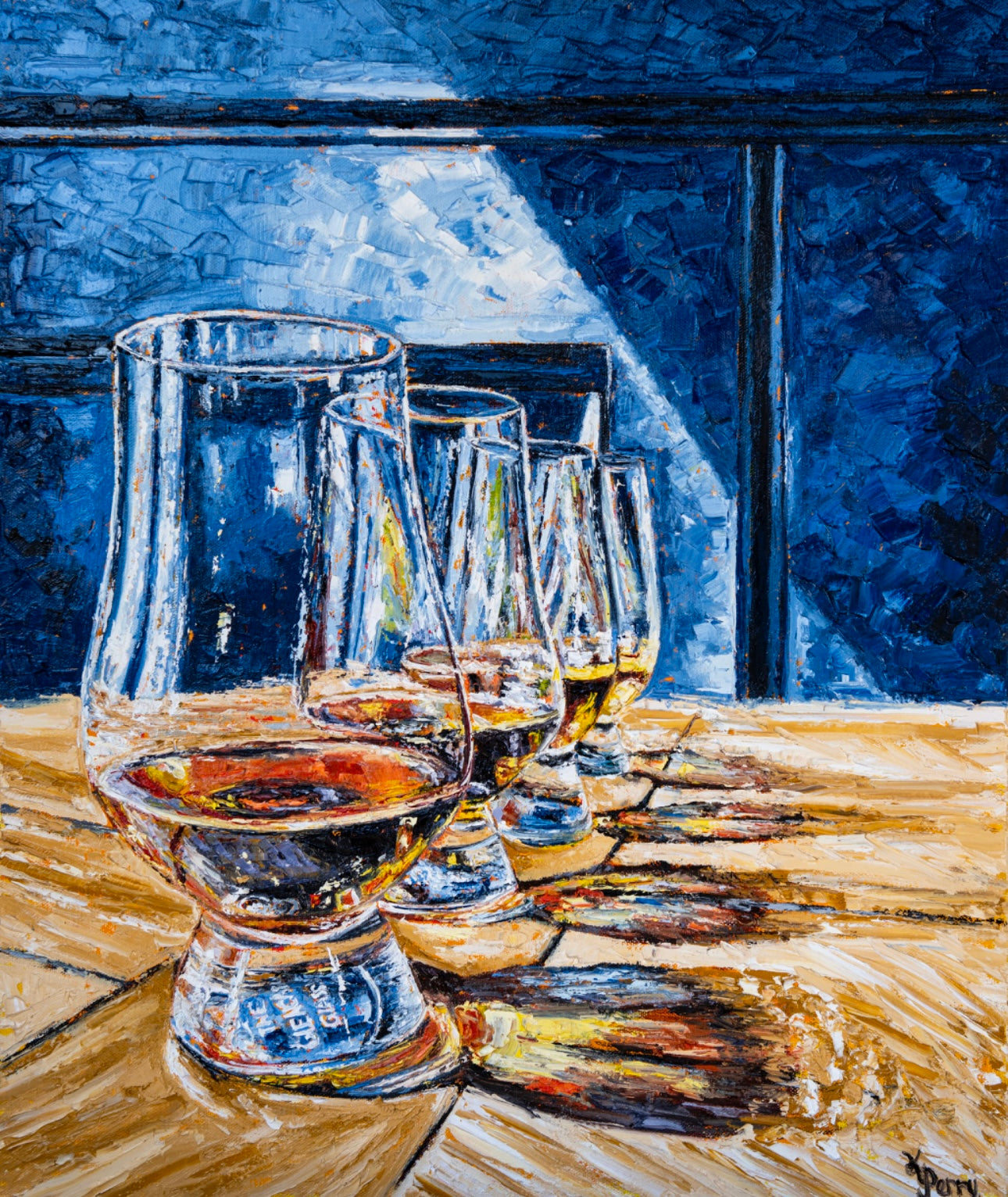The Value of Whiskey Art in Celebrating Heritage and Workmanship in the Beverage Sector
The intricate partnership between bourbon art and the event of heritage and craftsmanship within the drink industry can not be overemphasized. With attentively created bottles and tags, scotch brand names encapsulate their historical origins and the artisanal skills that specify their production approaches.
The Historical Origins of Whiskey
At the heart of scotch's allure exists an abundant tapestry of historical origins that trace back to old worlds. The beginnings of whiskey can be connected to the distillation methods of the Sumerians and Babylonians around 2000 BCE, where early types of fermented grain drinks began to arise. However, it remained in the Middle Ages that the art of purification developed considerably, specifically in Ireland and Scotland, causing the creation of scotch as we understand it today.
The term "scotch" itself stems from the Gaelic word "uisce beatha," suggesting "water of life." This expression emphasizes the social relevance of whiskey in Celtic societies, where it was often linked with rituals, celebrations, and common bonding. By the 15th century, distillation ended up being an identified craft within monastic communities, paving the method for the establishment of legal distilleries.
As profession paths increased, bourbon's popularity grew, transcending regional limits and catching the rate of interest of lovers worldwide. Realism Art. This historic journey reflects not only the craftsmanship behind whiskey production but also its integral function in social and cultural contexts, marking it as a significant beverage throughout history
Artistic Expression in Branding
Whiskey branding stands as a compelling intersection of virtuosity and business, where aesthetic identification plays a crucial role in forming customer assumption. The aesthetics of whiskey tags, packaging, and marketing products mirror not only the brand's story yet additionally its core worths and heritage. With creative expression, distilleries communicate a story that resonates with consumers, evoking feelings and triggering connections.
The use of shade, typography, and imagery in branding offers to set apart items in a saturated market. For example, typical motifs might stimulate a feeling of authenticity and craftsmanship, while modern styles can indicate innovation and forward-thinking. This strategic creative instructions enhances brand acknowledgment and loyalty, allowing customers to build a personal relationship with the scotch they select.
In addition, imaginative expression in branding often offers as a party of local heritage. Distilleries regularly include neighborhood icons or historical referrals right into their layouts, creating a feeling of place that invites customers to take part in a more comprehensive social experience. Eventually, the creativity behind scotch branding not just enhances visual charm however also enriches the general narrative of the brand name, fostering a much deeper recognition for the workmanship and heritage embedded in each container.
Craftsmanship in Bottle Design
The creativity noticeable in whiskey branding prolongs past aesthetic identification to encompass the workmanship associated with container style. Each bottle works as a vessel not just for the spirit within, but additionally for the story it tells about its high quality, beginning, and practice. The style procedure needs careful focus to information, as aspects such as form, closure, and material contribute substantially to the general assumption of the whiskey.
Workmanship in container style involves picking high-grade glass that can enhance the scotch's color and quality, while likewise offering a tactile experience for the consumer. The silhouette of the bottle must be both functional and cosmetically attractive, usually reflecting the heritage of the brand. Lots of distilleries choose for one-of-a-kind shapes or embossed logo designs that evoke a sense of authenticity and history.
In addition, the label style and typography play a critical duty in connecting the brand's narrative. Bourbon Art. A well-crafted bottle not only mesmerizes the customer's eye however also reinforces the brand name's dedication to high quality and custom. This way, the craftsmanship of bottle style becomes an important aspect of the scotch experience, merging virtuosity with a profound regard for heritage
Social Significance of Scotch Art
Commemorating practice and workmanship, the social importance of bourbon art transcends simple looks, intertwining with the historical and social narratives of the areas where it originates. Each container functions as a canvas, portraying the special tales, folklore, and customs that have actually shaped regional whiskey-making techniques. The intricate styles usually reflect the heritage of the distillers, integrating icons and motifs that resonate with the over at this website culture and worths of their communities.

Additionally, bourbon art plays an essential role in common gatherings and events, acting as a concrete web link between individuals and their shared experiences. By valuing the virtuosity in bourbon product packaging, consumers cultivate a deeper understanding and respect for the craft, inevitably improving their enjoyment of the beverage itself.
Modern Trends in Whiskey Presentation
In recent times, the discussion of whiskey has advanced to show modern preferences and trends while still honoring typical craftsmanship - Limited Edition. Distilleries are significantly focusing on aesthetic aspects that boost the overall alcohol consumption experience, linking the void between heritage and modernity
Ingenious my sources container layouts have actually arised, typically including lasting products and imaginative labels that tell engaging tales. Several brand names currently collaborate with local artists, infusing their products with special visual expressions that resonate with consumers. Additionally, limited-edition releases are typically packaged in collectible containers, including worth and charm for lovers.

Final Thought
In verdict, bourbon art offers as a crucial avenue for revealing the heritage and craftsmanship fundamental in the beverage industry. Through intricate branding, cutting-edge container styles, and culturally considerable creative elements, whiskey brand names properly recognize their customs and connect with customers.


Craftsmanship in container layout includes selecting top quality glass that can enhance the bourbon's shade and clarity, while also giving a responsive experience for the customer. In this method, the craftsmanship of container style ends up being a vital facet of the scotch experience, merging virtuosity with a profound regard for heritage.
In final thought, whiskey art offers as an important conduit for sharing the heritage and workmanship integral in the beverage sector.